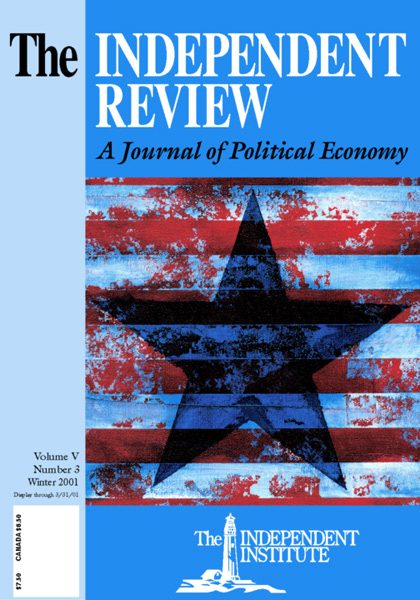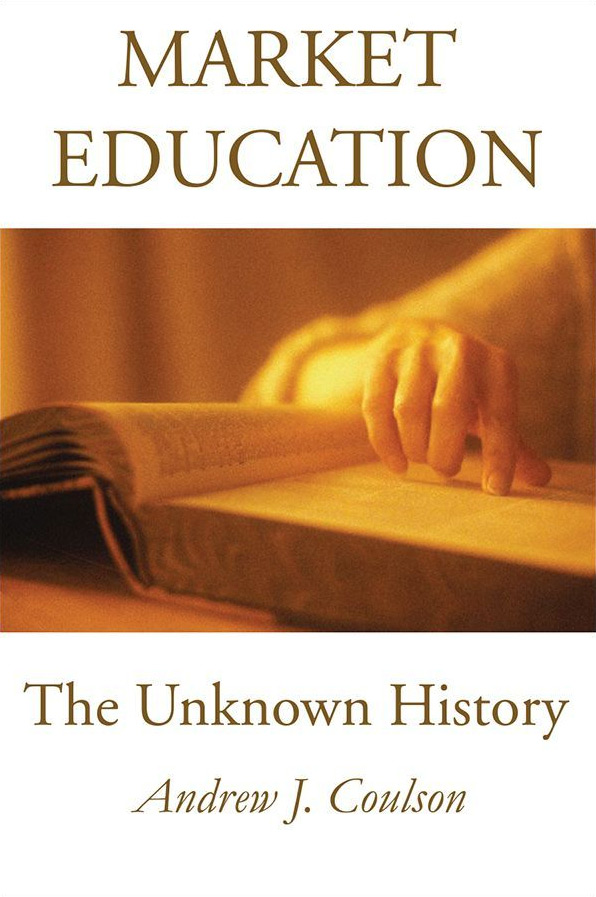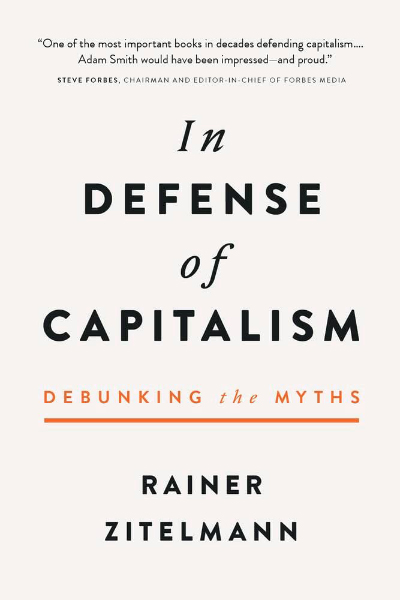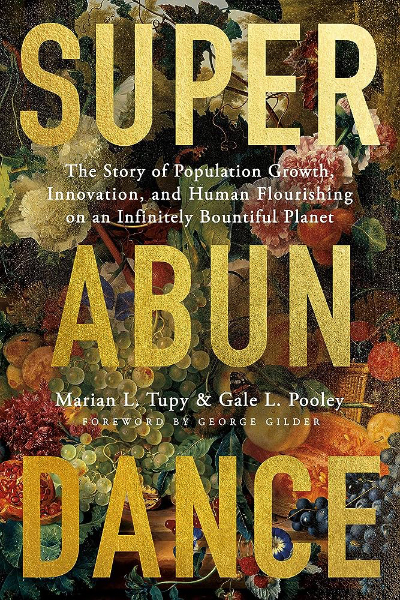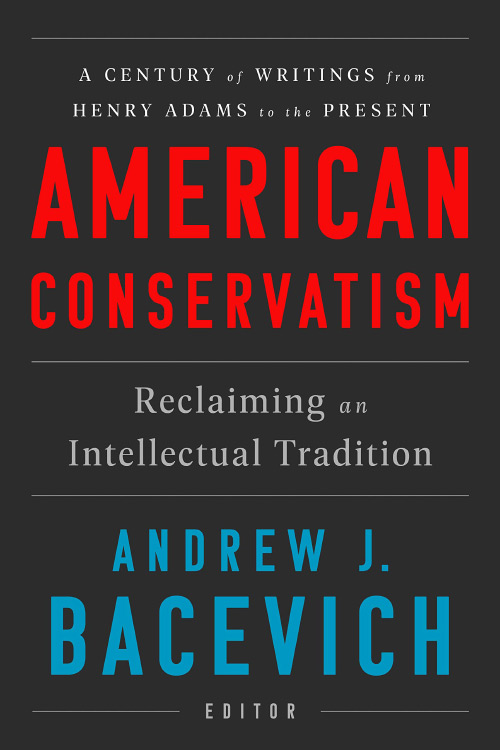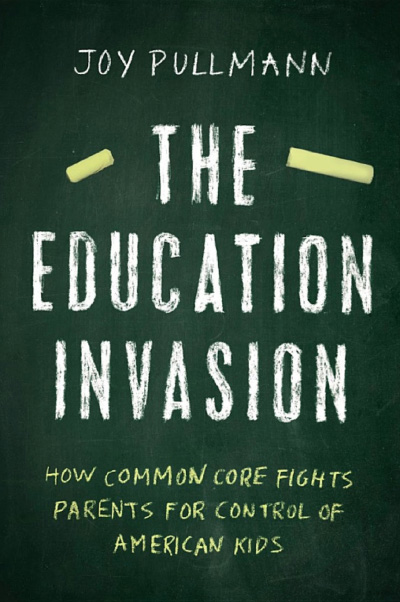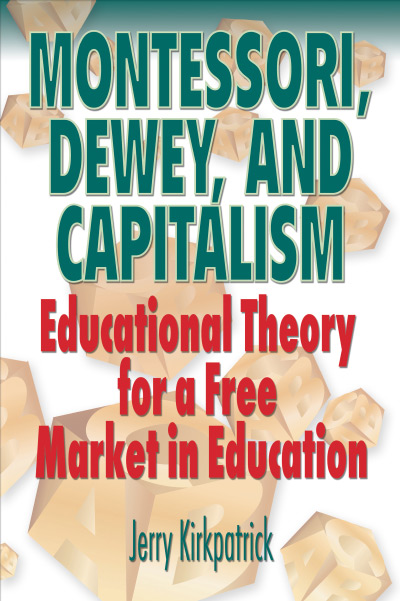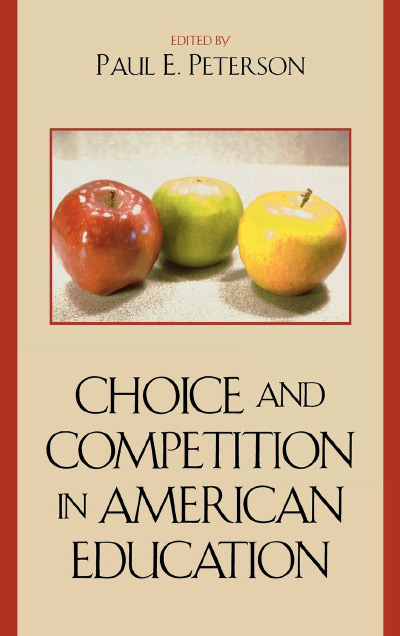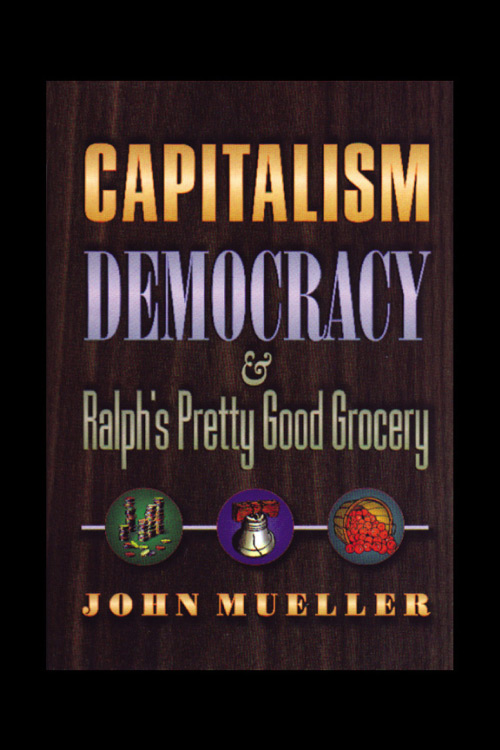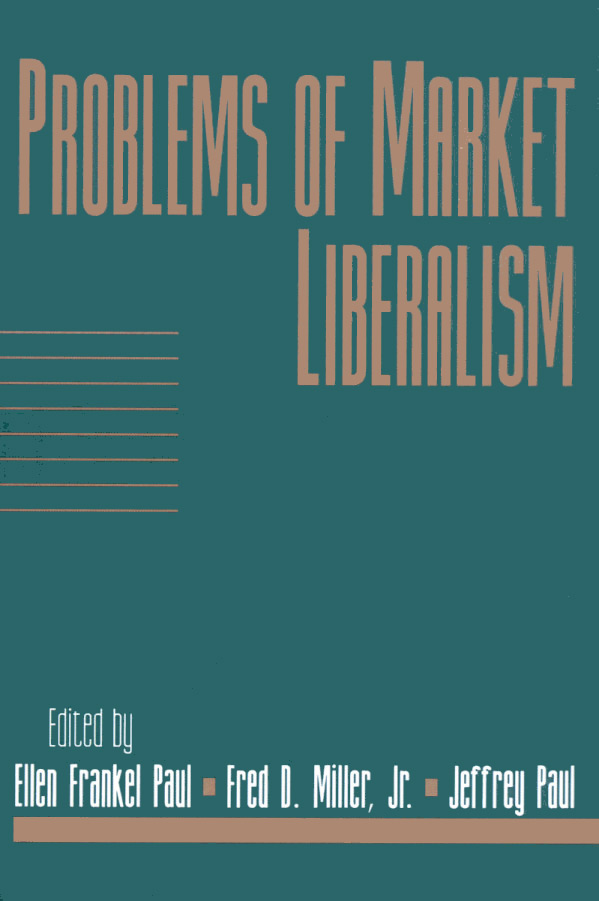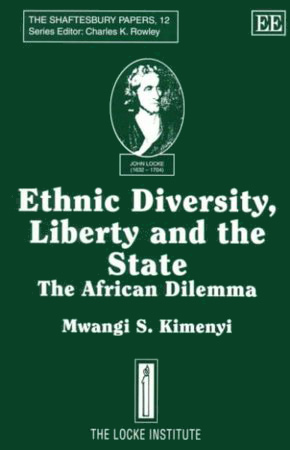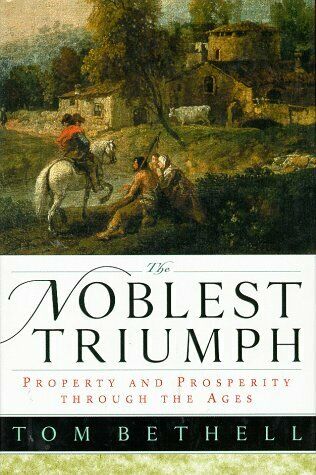The title of Andrew J. Coulson’s book is misleading. The book is far more than an engaging historical account of “for-profit” education; it is a compelling brief for closing down the public schools and letting the market supply education much as it supplies any other consumer good, from milk to cottages. Education works best, according to Coulson, when parents may choose it and must pay for it, and when schools may set their own curricula and hire their own teachers and must compete for tuition-paying students. The profit motive, it turns out, is the key to high-quality education. That time-honored market motive produces choice and innovation, the absence of which explains most, if not all, the current ills of public education.
Almost everyone involved in the current education debate will find something to criticize in this book. The National Education Association, determined to preserve the job security of its members rather than to promote educational excellence, will detest it. The Department of Education, obsessed with standardizing curricula across the country rather than with encouraging educational experimentation, will scorn it. The reform crowd, who flit from magnet schools to charter schools to voucher schemes in search of a magic cure for what ails public education, will shake their heads in dismay.
Only libertarians and bewildered parents will listen. The former suspect any tax-supported program as the camel’s nose of tyranny; the latter just want their kids to get a good education. Coulson offers for-profit education as the answer to both libertarian fears and parental hopes.
First, he argues that history shows that for-profit education works, and it works better than any other alternative. I occasionally remind my students that Socrates didn’t have Power Point; Coulson reminds us that Socrates didn’t teach in a city school or draw a salary from the Athens school board, either. Instead, Athenians assumed that young people and their families had the common sense to seek out the education that served their needs and preferences, and persons such as Socrates (and the Sophists) responded to that demand. Sparta acted on a different assumption. It ripped children from their homes and subjected them to a rigid, state-prescribed education in order to mold them into Spartan warriors. Is there any doubt which system was sounder or which contributed more to civilization?
Less well known, at least in the West, is the role that for-profit education played in the flowering of Islamic culture. At the very time the light of learning was being snuffed out in the West as the Dark Ages began, secular and sectarian schools flourished side by side in the Near East, sustained by tuition and charitable grants. During that period, “the Muslim world [enjoyed] a level of literacy at least the equal of anything that had gone before. In poetry and philosophy [the culture] was hugely prolific, and in the sciences it led the world” (p. 63). The important point is that none of the schools generating that intellectual flowering was government supported. Unfortunately, as time passed, Muslim governments seized control of education and used it to inculcate cultural orthodoxy and to achieve particular political aims. As a result, “the Muslim World’s role as a source of new learning began to decline . . . [and] what had been a vibrant and diverse society began to calcify” (p. 64).
Coulson also reminds his readers of the largely forgotten record of English education in the eighteenth and nineteenth centuries and of early U.S. education. In England, the Industrial Revolution generated a demand for a new kind of education. People needed to be literate, and they needed to know more than the classics. The endowed grammar schools were slow to respond to that demand, primarily because teachers preferred their yellowed notes and schoolmasters felt no need to offer what might sell. As a result, “new tuition charging institutions grew and flourished,” many of which catered to girls (p. 88). The poor had few choices—their usual lot in life. Charity schools, sponsored by religious orders, or “dame schools,” where an elderly woman taught students in her home for a modest fee, did take in the poor, and “the freedom of families to choose among different teachers ensured that those who failed to meet the clients’ expectations could remain in business only a short time” (p. 89).
In the United States, tuition-charging schools and charity schools educated the bulk of students until well into the nineteenth century. The post–Civil War flood of immigrants, not any perceived failure of the existing system of education, fed the demand for public education, which was seen as the answer to the twin “evils” of Irish birth and Catholic faith: ”‘The rising generation must be taught as our own children are taught. . . . This can only be accomplished by coercion [because] the parents are unfit guardians of their own children. If left to their direction the young will be brought up idle [and] dissolute. . . . The children must be gathered up and forced into school, and those who resist or impede this plan, whether parents or priests, must be held accountable and punished.’ ” Horace Mann also promised the elimination of most crime and the elimination of all human ills if the Common School were but “expanded to its capabilities” (pp. 79–80). That promise echoes ever more ironically as students turn public schools into shooting galleries, and one school after another “locks down” like a medium-security prison.
In addition to reminding us that history shows that children get the best education when the parents pay for it and the worst education when the state provides it, Coulson explains why current schemes to improve public education will inevitably fail. Vouchers will not stay the stifling hand of government regulation; to the contrary, they invite it. Vouchers do not maximize the likelihood that dollars will be spent wisely; rather, they generate opportunities for mismanagement and fraud. Vouchers do not encourage the efficient use of resources; instead, they reinforce the assault on the public purse.
Charter schools are even less likely to produce significant improvement. They are difficult to start; parental choice is limited; and innovation is discouraged. In the end, the managers and employees of charter schools “will constitute a special interest group, just as public employees currently do” (p. 345).
“Contracting out,” so widely praised as a way of delivering governmental services more efficiently and effectively, “suffers from all of the flaws of charter and voucher programs, along with a few of its own” (p. 352). The principal additional flaw is the government’s obsession with test scores. Once renewal of the contract is made to depend on improvement in test scores, the contractor will teach to the tests. In one instance that Coulson cites, the private contractor taught math and English almost exclusively because the district tied the contractor’s fees to student gains in those two subjects.
Coulson is less prescient about the fatal flaw in his approach: the inability of the market to supply education to the poor. Conceding that it is “not easy” to ensure that children from low-income families get a high-quality education, he prophesies a competitive market in private scholarship programs. “It is only a matter of time,” he asserts, before low-income parents will be able to choose between scholarships from multiple foundations, each of which is competing vigorously with the others for the right to distribute the dollars of discerning donors to poor kids (p. 324). In that imaginary world, poor families gathered around the food-stamp table will actually have the choice of sending Johnny down to McDonalds to flip hamburgers or up to Phillips Exeter to flip through a college-prep courses. This instance is the only one in which Coulson lets ideology trump common sense. The market may be the best solution to most problems, but it is not necessarily the only or even the best solution to every problem. Coulson’s imaginary scholarship market will not fund education for the poor for the very reason he trumpets the value of the market more generally: there’s no profit to be made in giving money away!
Coulson would be more persuasive on this point if he swallowed his understandable distaste for bureaucracies and explored other possibilities for helping the poor, such as establishing local, governmentally owned but privately managed scholarship foundations, whose initial assets would be derived from the sale of the districts’ school properties. Such foundations might provide the backbone of a financial-aid system that would effectively satisfy the needs—and fulfill the hopes—of the poor.
Mine is but a quibble in comparison to the outcries Coulson’s book will elicit from the votaries of public education. Although it may be a long time before “K-12, Inc.” trades on the New York Stock Exchange or an IPO for “socratesacademy.com” sells stock for $150 a share on its first day of trading, Coulson makes a compelling case in favor of such for-profit schools. And in the process, he exposes the soft underbelly of public education and explodes the fatuous and flatulent claims that support it.
| Other Independent Review articles by James E. Bond | |
| Spring 2005 | The New Constitutional Order |
| Winter 1996/97 | The Return of George Sutherland: Restoring a Jurisprudence of Natural Rights |

